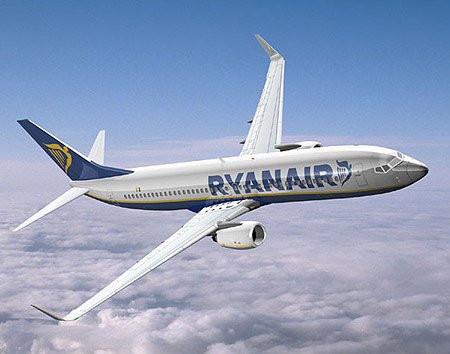Transit and the Pocketbook

As a loyal public transit advocate, I'm always excited to hear about cities that encourage residents to use their mass transportation networks. Even in cities with high quality mass transit systems (New York, Chicago, and DC, for example), private automobile transportation poses a long-term challenge. (To clarify: I'm speaking of non-automobile-based transit systems, such as rail). The reason is primarily economic: automobile transportation systems (including cars themselves and the road networks on which they travel) can be expanded incrementally and, as a result of that incremental improvement, see an immediate benefit. Build a new suburban housing development, lay out a mile or two of road connecting it all together, and whiz-bang! you've got a car-friendly residential neighborhood ready for realtors to pour in.
Mass transit systems, however, require massive economic investment to expand in significant chunks before they become useful. Rail systems, as opposed to bus systems, have fewer stops and significant distance between those stops. Practically speaking, a huge amount of track must be laid before the new construction pays off. Furthermore, since this huge investment is almost entirely paid for by the public, any expansion in the transit system requires a majority public consensus on new expenditures.
The practical result of this economic reality is that it is enormously difficult to expand publically-funded mass transit systems, and markedly easier to expand automobile-based transit infrastructure.
Is there any way to counter this fact? Could mass transit capital improvement budgets be increased? Could we dsincentivize automobile transportation somehow?
Coming this Wednesday: Does mass transit contribute to urban sprawl?













